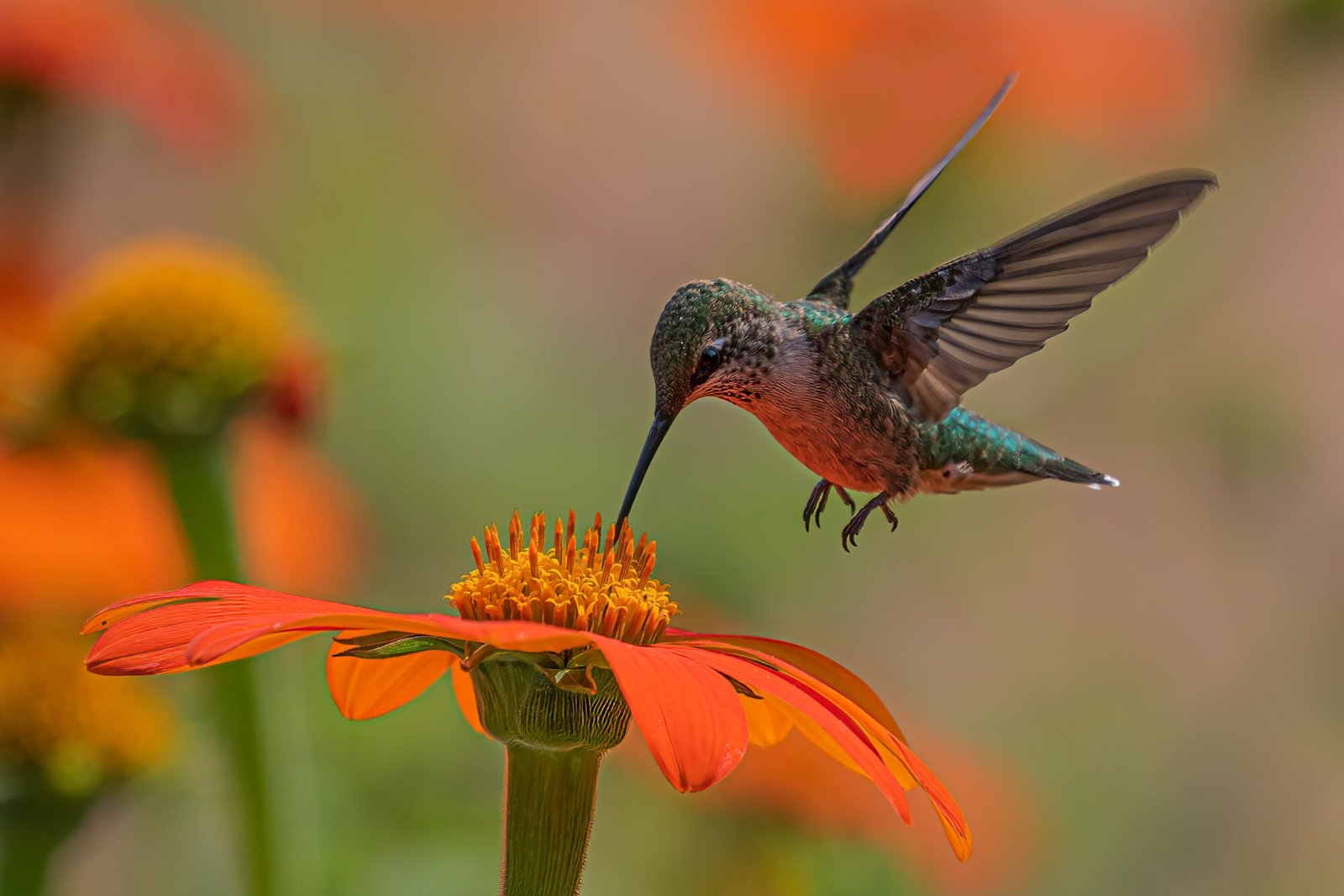As the first hints of spring start to touch the landscape, nature enthusiasts and bird lovers eagerly anticipate the return of one of North America’s most enchanting avian visitors: the hummingbird.
These tiny, iridescent marvels, known for their astonishing flight capabilities and vibrant beauty, typically begin their migration back to the United States and Canada in early April.
If you’re keen to attract these dazzling creatures to your garden, now is the perfect time to prepare your feeders.
The Marvel of Hummingbird Migration

Hummingbirds undertake an incredible journey each year, migrating from their wintering grounds in Central America and Mexico to breeding territories in North America.
This migration can span thousands of miles, a monumental feat for birds that weigh less than an ounce. The timing of their return is closely tied to the availability of food sources and the blossoming of early spring flowers.
Preparing Your Feeders

To welcome hummingbirds back, it’s essential to have your feeders ready and filled with the right nourishment. Here’s a simple guide to get started:
Clean Your Feeders: Before filling your feeders, clean them thoroughly to remove any mold or old nectar. Use a mixture of hot water and vinegar or a mild bleach solution (1 part bleach to 9 parts water), then rinse thoroughly and let them dry completely.
Prepare the Nectar: The best food for hummingbirds is a homemade nectar solution. Mix one part white granulated sugar with four parts water, bringing it to a boil to dissolve the sugar completely. Allow it to cool before filling your feeders. Avoid using honey, artificial sweeteners, or red dye, as these can be harmful to the birds.
Choose the Right Spot: Hang your feeders in a shady spot to slow fermentation of the nectar and to keep it cool. Place them near flowers that hummingbirds naturally visit and ensure they are visible to passing birds. A sheltered location can also protect the feeders from wind and rain.
Maintain the Feeders: Change the nectar every few days, especially in warmer weather, to prevent it from spoiling. Regularly clean the feeders to maintain a healthy environment for the birds.
The Joy of Hummingbird Watching

Setting up feeders not only helps hummingbirds by providing a crucial food source but also offers a delightful opportunity to observe their behavior up close.
Watch for the ruby-throated hummingbird in the eastern United States, known for its bright red throat patch, or the rufous hummingbird in the west, famous for its feisty nature and remarkable endurance during migration.
As you enjoy their acrobatics and the whir of their tiny wings, consider participating in citizen science projects. Reporting your sightings to organizations like Journey North or the Audubon Society helps scientists track migration patterns and gain valuable insights into the health of hummingbird populations.
Contributing to Conservation

By welcoming hummingbirds into your garden, you’re not just enhancing your outdoor space—you’re also contributing to the conservation of these remarkable birds.
Habitat loss, climate change, and other environmental pressures pose significant threats to hummingbird populations. Providing a reliable source of food and a safe habitat supports their survival and breeding success.
Conclusion
The first two weeks of April mark an exciting time for hummingbird enthusiasts. By preparing your feeders now, you can ensure a warm welcome for these captivating birds. Enjoy the spectacle of their return, and take pride in playing a part in their remarkable migratory journey. So, get out the feeders, mix up some nectar, and get ready for the delightful arrival of spring’s tiniest travelers.

